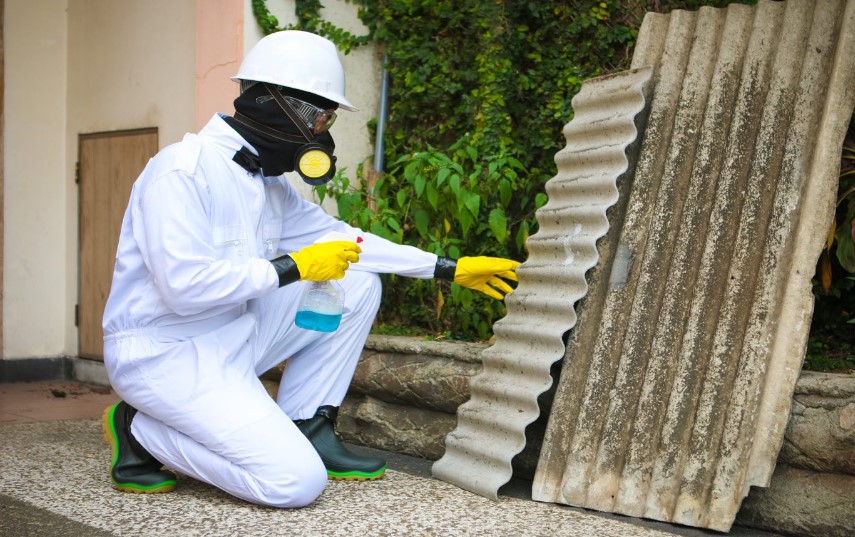Lead and asbestos testing are critical processes used to assess the presence of hazardous substances in buildings and the environment. Both lead and asbestos are known to have severe health implications when their fibers or particles are inhaled or ingested. Here’s an overview of lead and asbestos testing. Lead and asbestos testing are critical procedures used to identify the presence of two hazardous materials—lead and asbestos—in various environments, particularly in buildings. Both substances pose significant health risks when their fibers or particles are inhaled or ingested, which is why testing for their presence is crucial for safety and health protection.
Lead Testing:
Why Lead Testing is Important:
- Lead is a toxic metal that can be found in various sources, including old paint, water pipes, soil, and dust.
- Exposure to lead can lead to serious health issues, especially in children, including developmental delays, learning disabilities, and behavioral problems.
Types of Lead Testing:
- Lead Paint Testing: This involves assessing whether there is lead-based paint in a building. It can be done using a paint chip sample, X-ray fluorescence (XRF) analyzer, or laboratory analysis.
- Lead Water Testing: This examines the lead content in drinking water, often from pipes and plumbing fixtures. It usually involves collecting water samples and sending them to a certified lab.
- Soil and Dust Testing: Soil and dust in and around buildings can contain lead. Testing involves collecting samples and sending them to a lab for analysis.
Lead Testing Process:
- Sampling: Collect samples from suspected sources or areas.
- Analysis: Send samples to a certified laboratory for testing.
- Interpretation: Review results and assess if remediation or mitigation is necessary.
Asbestos Testing:
Why Asbestos Testing is Important:
- Asbestos is a naturally occurring mineral that was widely used in construction materials for its heat-resistant and insulating properties.
- Exposure to asbestos fibers can lead to serious respiratory diseases, including lung cancer and mesothelioma.
Types of Asbestos Testing:
- Bulk Material Testing: Involves taking samples of materials suspected to contain asbestos (e.g., insulation, tiles) and analyzing them in a certified lab.
- Air Testing: Measures airborne asbestos fibers to assess exposure risk during renovation or demolition activities.
- Soil Testing: Checks for asbestos contamination in soil, often near industrial sites or old construction areas.
Asbestos Testing Process:
- Sampling: Collect samples carefully to avoid disturbing asbestos-containing materials.
- Analysis: Send samples to a certified asbestos testing laboratory.
- Reporting: Receive results, which will indicate the presence or absence of asbestos.
Remediation and Management:
If asbestos is found, it may need to be removed or managed safely to prevent exposure. This should be done by trained professionals following regulations.
In both cases, it’s crucial to hire qualified professionals and use certified laboratories to ensure accurate results. Legal regulations surrounding lead and asbestos vary by location, so it’s essential to be aware of local laws and requirements when conducting testing and remediation activities. These processes are essential for protecting human health and the environment from the harmful effects of lead and asbestos exposure.











